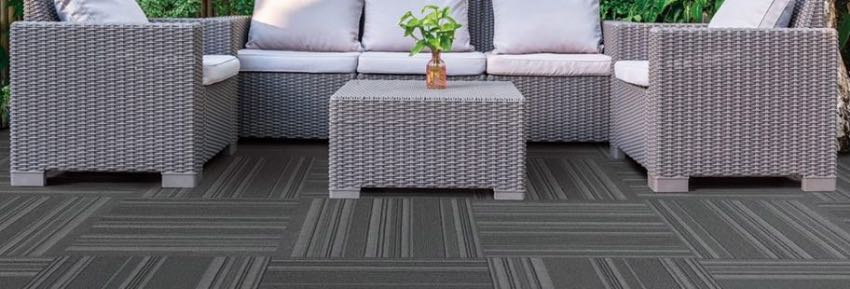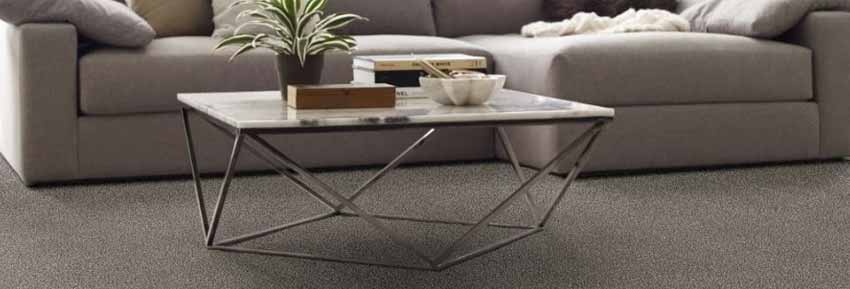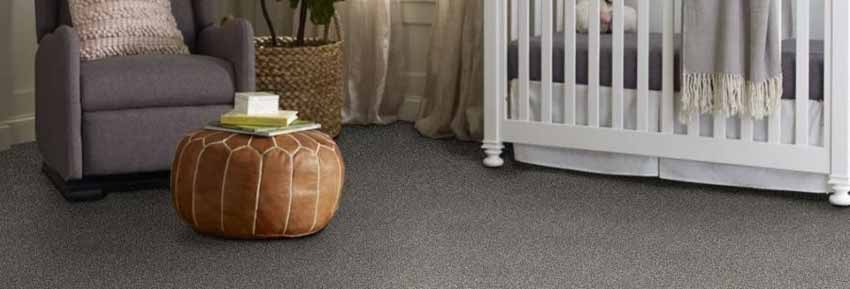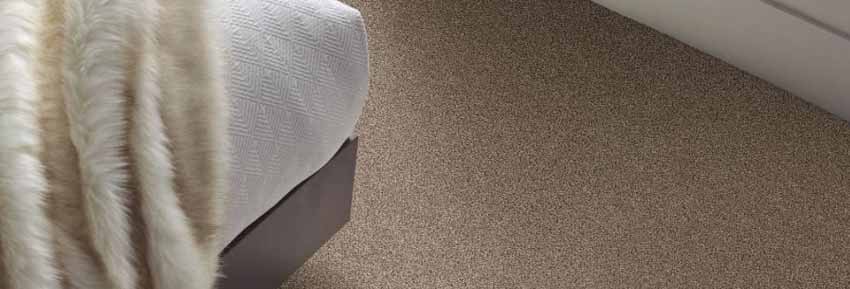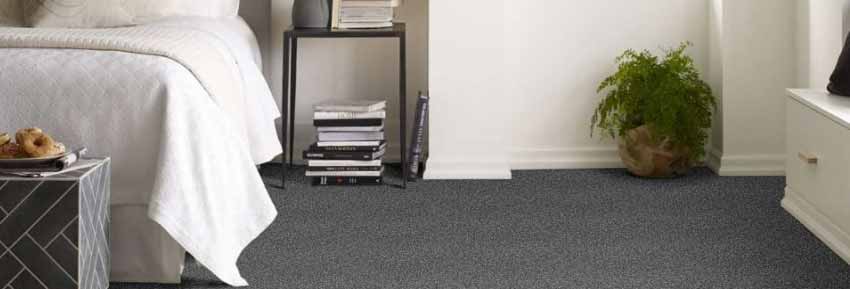What is Waterproof Carpet: Magic or Science?
If you live in a busy home with kids and pets, you know how tough it is to keep your carpet clean. It seems like every time you turn around something is being spilled, and you have to rush to clean it up before it stains. Luckily for you, waterproof carpet exists!
With waterproof carpet all those spills stay on the surface, ready to be blotted up with a paper towel. Maybe it sounds like it’s too good to be true, but this is the real deal. Manufacturers have developed carpeting that can stand up to all of life’s messes.
Are you ready to say goodbye to the constant worries about carpet stains? Learn how this waterproof technology works, discover the different types, and find out more about your installation options with this helpful guide. Let’s get started!
With waterproof carpet all those spills stay on the surface, ready to be blotted up with a paper towel. Maybe it sounds like it’s too good to be true, but this is the real deal. Manufacturers have developed carpeting that can stand up to all of life’s messes.
Are you ready to say goodbye to the constant worries about carpet stains? Learn how this waterproof technology works, discover the different types, and find out more about your installation options with this helpful guide. Let’s get started!
What is Waterproof Carpet?
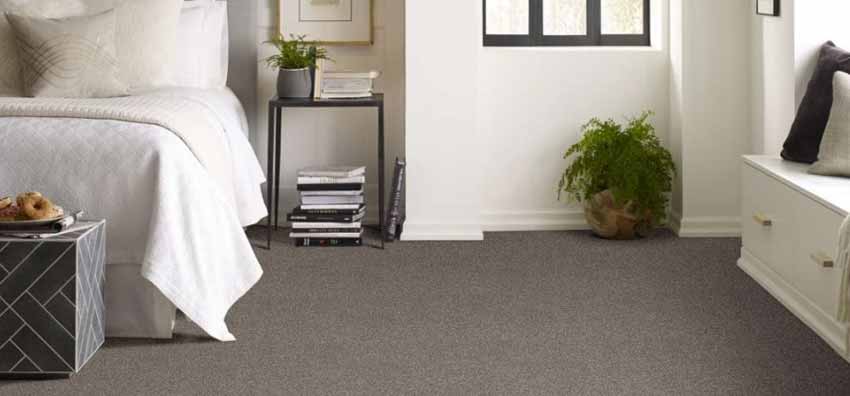
It would be easy to say that waterproof carpet was magic. But it’s not magic, it’s science.
Shaw is leading the industry on residential waterproof carpet. With their patent RX2 technology and Lifeguard backing, nothing penetrates their carpet.
Perhaps more important than me saying that is telling you what it means.
So what is RX2? Well, it’s a stain and soil repellent that protects carpet fibers from dirt and spills. This resistant system has total fiber coverage and offers complete protection of the whole carpet fiber.
What’s truly magical is the fact that spills that reach the base of the carpet get wicked back to the surface, which is why that summertime sangria can be easily blotted up.
So what’s Lifeguard? It’s the backing the seals the deal when it comes to waterproof carpet. This backing is made from 100% thermoplastic commercial grade backing. No liquid will penetrate that.
Shaw is leading the industry on residential waterproof carpet. With their patent RX2 technology and Lifeguard backing, nothing penetrates their carpet.
Perhaps more important than me saying that is telling you what it means.
So what is RX2? Well, it’s a stain and soil repellent that protects carpet fibers from dirt and spills. This resistant system has total fiber coverage and offers complete protection of the whole carpet fiber.
What’s truly magical is the fact that spills that reach the base of the carpet get wicked back to the surface, which is why that summertime sangria can be easily blotted up.
So what’s Lifeguard? It’s the backing the seals the deal when it comes to waterproof carpet. This backing is made from 100% thermoplastic commercial grade backing. No liquid will penetrate that.
Waterproof vs. Water-Resistant Carpet
Sometimes people assume that water-resistant carpet is the same as waterproof carpet, but there are some crucial differences that are important to understand. Most importantly, waterproof carpets come with a protective backing that prevents moisture from reaching the subfloor underneath, and water-resistant carpets do not have this backing.
Waterproof Carpet
A 100% waterproof product is made for indoor use and isn’t an indoor/outdoor carpet. It will feature:- Fibers treated with a stain-resistant coating: When any liquid is spilled, the fibers will wick the moisture up to the surface to be blotted away.
- Lifeguard backing, or some other waterproof backing: If moisture reaches the base of the carpet, it won’t be able to penetrate down to the carpet padding or subfloor below.
Water-Resistant Carpet
Indoor/outdoor rugs and carpet tiles are water-resistant, meaning they won’t be damaged if they become wet. That’s why they’re great for outdoor use. However, that doesn’t mean thee carpets will prevent moisture from penetrating the subfloor below. These carpets feature:- PET (polyester) fibers that won’t soak up liquid: Any moisture that spills will flow through without damaging the carpet. The surface underneath will not be protected.
- Resistance to stains and soiling: Because the PET won’t absorb moisture, stains are repelled, and the carpet is also less likely to mold or mildew.
Types of Waterproof Carpet
Tiles
Carpet tiles can be water-resistant, but not completely waterproof. If this level of moisture resistance is enough for you, then you’ll also enjoy the other benefits of carpet tiles. They are easy to install, budget-friendly, and many can be used both indoors and outdoors.Rolls
Waterproof carpet rolls are completely waterproof, and not just water-resistant. This premium wall to wall carpet is perfect for indoor use at any level of the home. Installation requires more effort compared to carpet tiles, and waterproof broadloom rolls are typically more expensive, but it’s worth in to have 100% moisture resistance.Waterproof Carpet Pros
By now, you probably have a good idea about all the benefits of having waterproof carpet. But let’s summarize:
- Mold and mildew-resistant: This carpet won’t harbor unhygienic mold, and will keep your space safe and sanitary.
- 100% Waterproof: Your subfloor and your carpet are protected from moisture, and won’t soak up any moisture.
- Bye-Bye Stains: Since the material repels spills, soiling and staining are a thing of the past.
- Install at any level: Sometimes people hesitate to install carpet in a damp basement, but that’s not an issue with this carpet.
- Easy clean-up: Because the waterproof fibers repel moisture, it’s easy to blot up spills without a ton of effort.
- Comfort: Finally, you can enjoy the softness of carpet without worrying about spills. You don’t have to choose a hard floor for easier maintenance.
Waterproof Carpet Cons
I know this carpet is a scientific marvel, but there are a few drawbacks:
- Waterproof vs. water-resistant: If you want a 100% waterproof floor, make sure a product isn’t just water-resistant before you make a purchase.
- Cost: This is a bit pricier compared to other carpet types, but ti’s worth it to have a stain-free floor.
Installation
Carpet Rolls
You can install carpet rolls two different ways: stretch-in and with adhesive. Both methods require a stretcher (which can be rented), knee kickers, and melt tape for the seams.I’ll outline how the two methods work, and then you can decide if you want to hire a professional.
Stretch In
With this installation, adhere seams together using melt tape or another adhesive. Then stretch the carpet in place using a power stretcher or knee kicker. Attach the carpet to wall tracks that secure the stretched carpet.Stretched carpet is less likely to sag or have air bubbles when installation is complete.
Adhesive
With this installation, the carpet is glued to the floor. It sounds easy but is actually extremely tricky. You must also have a knee kicker or a stretcher in order to ensure a smooth carpet, free from air bubbles.To prevent air bubbles, lay carpet from the center and work outwards from both directions. You may also roll the carpet with a 75 lb. roller in both directions if it’s directed by the manufacturer.
Carpet Tiles
Remember, carpet tiles are only water-resistant, and not completely waterproof. However, if water-resistant carpet tiles are good enough for you, you’re going to love how easy they are to install.Peel and Stick
Peel and stick carpet installation is only for water-resistant carpet tiles. For a fully waterproof product, you will need a carpet roll with a stretch-in or adhesive install method.Most carpet tiles have peel and stick backings. To install, you just need to pull away the plastic cover, firmly press the tile to the subfloor, and then you’re done. Easy!
Conclusion
With all this info, it’s easy to see why waterproof carpet is the best of the best. If you’re someone with a carpet complaint, consider the issue resolved. Waterproof carpet has got your back.


